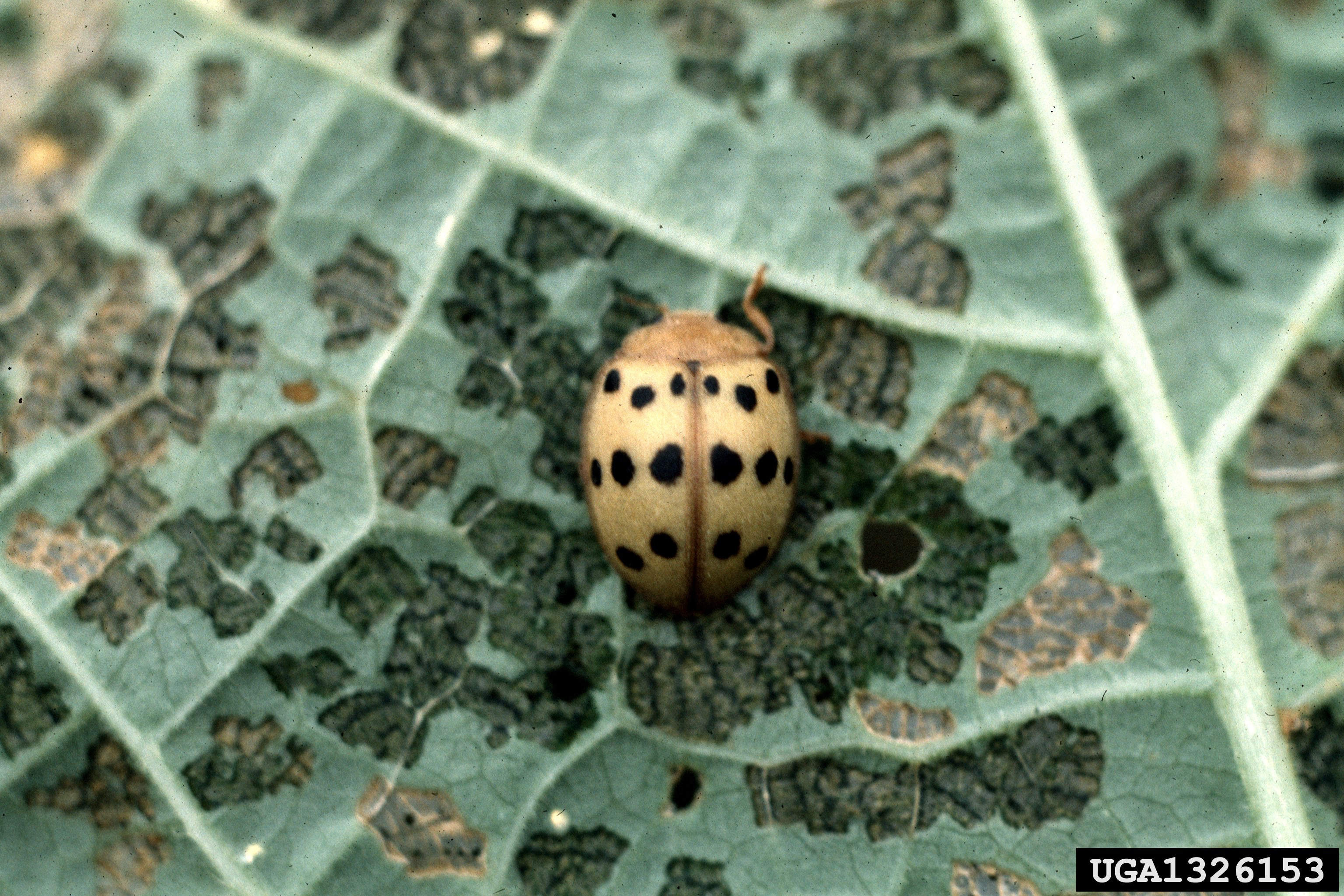Q&A: Turf and Garden Questions Answered
go.ncsu.edu/readext?880216
en Español / em Português
El inglés es el idioma de control de esta página. En la medida en que haya algún conflicto entre la traducción al inglés y la traducción, el inglés prevalece.
Al hacer clic en el enlace de traducción se activa un servicio de traducción gratuito para convertir la página al español. Al igual que con cualquier traducción por Internet, la conversión no es sensible al contexto y puede que no traduzca el texto en su significado original. NC State Extension no garantiza la exactitud del texto traducido. Por favor, tenga en cuenta que algunas aplicaciones y/o servicios pueden no funcionar como se espera cuando se traducen.
Português
Inglês é o idioma de controle desta página. Na medida que haja algum conflito entre o texto original em Inglês e a tradução, o Inglês prevalece.
Ao clicar no link de tradução, um serviço gratuito de tradução será ativado para converter a página para o Português. Como em qualquer tradução pela internet, a conversão não é sensivel ao contexto e pode não ocorrer a tradução para o significado orginal. O serviço de Extensão da Carolina do Norte (NC State Extension) não garante a exatidão do texto traduzido. Por favor, observe que algumas funções ou serviços podem não funcionar como esperado após a tradução.
English
English is the controlling language of this page. To the extent there is any conflict between the English text and the translation, English controls.
Clicking on the translation link activates a free translation service to convert the page to Spanish. As with any Internet translation, the conversion is not context-sensitive and may not translate the text to its original meaning. NC State Extension does not guarantee the accuracy of the translated text. Please note that some applications and/or services may not function as expected when translated.
Collapse ▲There were a couple questions that came through the N.C. Cooperative Extension, Caldwell County Center this past week that I’d like to share in hopes of benefiting the masses!

Brown patch is a common disease in fescue and other cool season grasses.
Q: I’ve noticed yellow/brown patches throughout my lawn lately, what causes this?
A: Most likely you are dealing with Brown Patch disease. Cool season grasses, like fescue, are affected by this fungus. Brown patch is most severe during extended periods of hot, humid weather. Lucky for us, citizens of Caldwell county, this is any given day during the summer months.
Grass must be continuously wet for at least 10 to 12 hours for the brown patch fungus to infect. If you water in late afternoon, this prolonged leaf wetness increases disease severity. Brown patch is particularly severe in turf that has been fertilized with excessive nitrogen, as well.
Upon further inspection of these brown patches, you’ll notice that in the center of the patch, the grass blades are green. This is because the turf does eventually recover from the fungus.
There are fungicides labeled for brown patch and they offer effective control. Some things you can do to ensure you aren’t creating a favorable environment for this fungus is to avoid watering after sunrise or in the late afternoon/evening, as this will increase the duration of leaf wetness. Another thing you can avoid is over-fertilizing your lawn with nitrogen.
For more information on Brown Patch and other lawn questions, visit TurfFiles.
Q: Can you ID this pest? It looks like a ladybug but it’s eating my beans!

An adult Mexican bean beetle and its damage.
Credit: Whitney Cranshaw, Colorado State University, Bugwood.org
A: The best description of this pest is to describe it as a copper-colored ladybug. Unlike our ladybug (lady beetle) that are beneficial, this pest is called the Mexican bean beetle and can cause some major damage if allowed.
Like the name suggests, it loves bean leaves but it will also feast on other crops. They eat from the underside of the leaf and quickly devour the leaf leaving only the veins behind, giving the plant a lacey appearance.
Control can be achieved by insecticides. Common insecticides that the homeowner reaches for are probably products containing carbaryl or Sevin. These are effective but are harmful to pollinators. If using carbaryl or Sevin, use a liquid formulation and spray late in the evening. This allows time for the insecticide to dry and form a hard coat, therefore decreasing the chance of harming our beneficial insects.
For answers to your agricultural questions, call the N.C. Cooperative Extension, Caldwell County Center at 828-757-1290 or visit us online anytime at the Caldwell County page.




